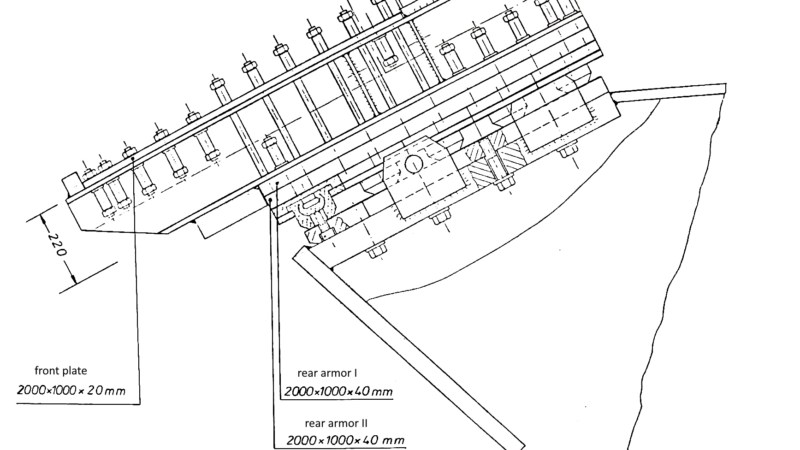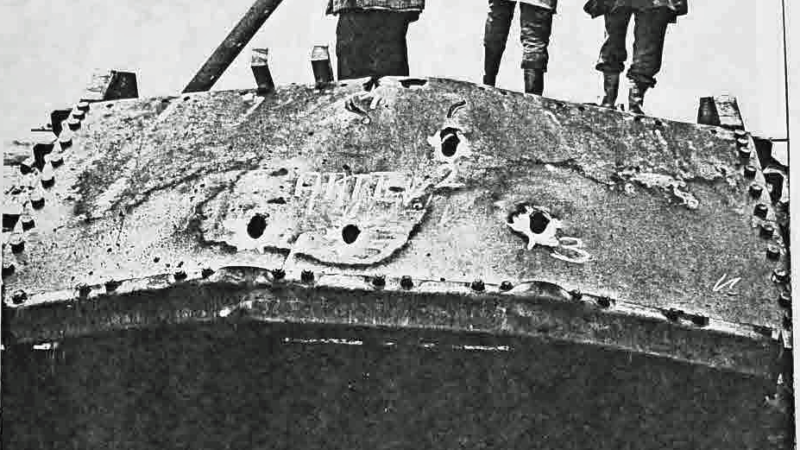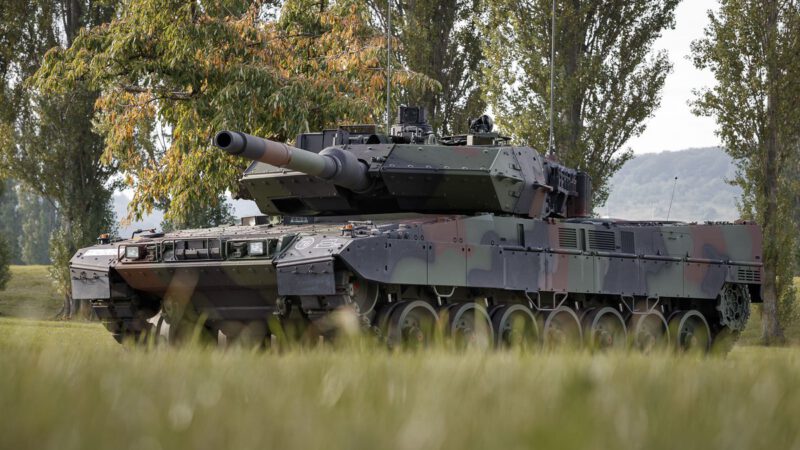1977: USAREUR’s Leopard 2AV considerations

After the 1976 trials of both XM1 Abrams main battle tank candidates and the West-German Leopard 2AV prototype, the relations between the Federal Republic of Germany and the United States were strained. Both sides had different interpretations of the trials’ results, and the preceding memorandum of understanding (MoU). While the West-German noted that the Leopard 2AV met 61 out of the 77 rated requirements, the US Army utilized another system for weighting the requirements; thus the XM1 prototype (meeting only 48 rated requirements) was deemed better.
The German government believed (supposedly based on informal statements made by the US Secretary of Defence) that the Leopard 2AV would have been procured by the United States military, in case it performed better. Thus West-Germany had partnered with the US defence company FMC for local production: FMC would have made the Leopard 2AV tank under license in the United States of America, if the tank had been selected by the US Army. A study funded by the German state had proven beforehand that the license production of the tank was feasible in the US.
Trade offer: tanks for planes?
The disagreement regarding the US trials had further implications. While German officials had been given a “gag order” to minimize the public outcry regarding the US trials, the government threatened to cancel a planned AWACS buy. I.e. West-Germany had considered buying several Boeing E-3 AWACS planes as part of a compensation deal and to strengthen NATO’s early warning capabilities.
The United States government considered different options in order to calm things down and to save this financial lucrative deal. One such option was buying the Leopard 2AV tank in addition to the XM1 Abrams.
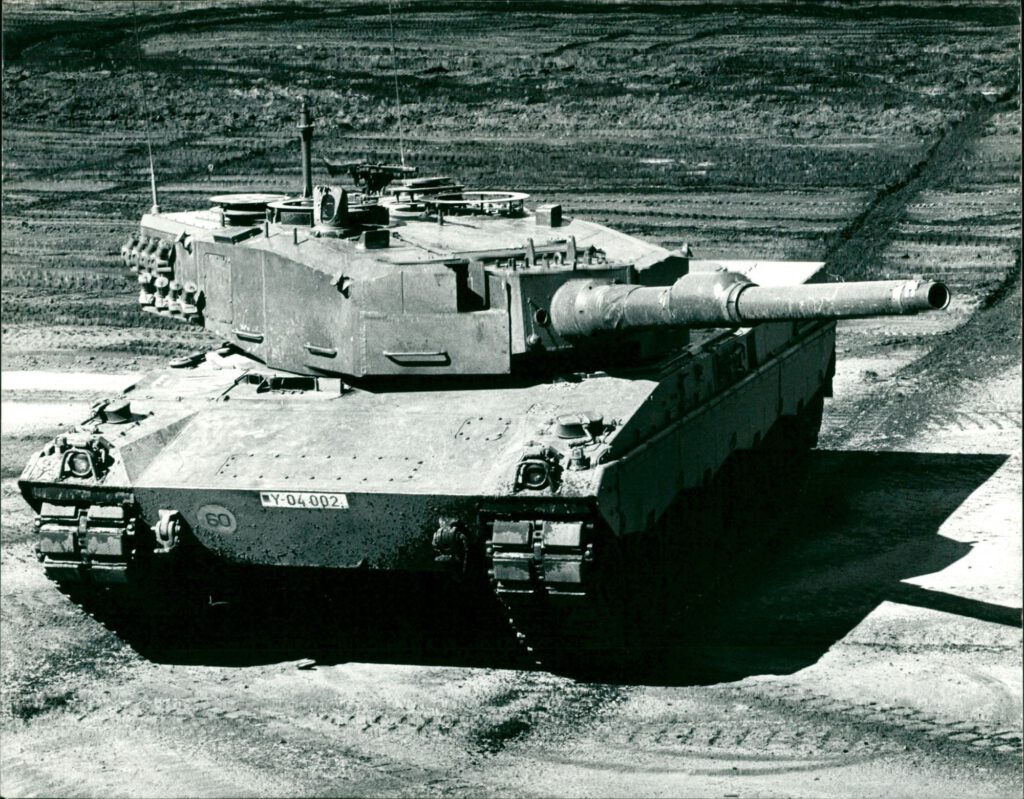
In particular the option of buying a total of 500 Leopard 2AV tanks for the US Army Europe (USAREUR) was considered. These tanks would be permantly stationed in West-Germany, possibly benefitting from the spare part infrastructure that the German military was expected to set up for their version of the Leopard 2. In 1977 the Headquarters Department of the Army requested feedback on this proposal.
Training impacts asssociated with the procurement of the Leo 2 AV tank as described in reference A would greatly complicate the training problems in armor units and institutions conducting armor training.
Subj: Leopard 2 AV tank, TRADOC MSG ATCD-CM-A P09105Z
Officials from the US Army’s Armor School (USAARMS) considered this idea bad, citing the unsatisfactory experiences with the M60A2 as a reference. Out of the seven available M60A2 battalions, six were forward deployed in Europe while only one was located in CONUS, leading to issues when training qualified replacements for the USAREUR battalions; the Army feared that these issues would be duplicated with the Leopard 2AV.
Apparently a lot of problems with maintaining the readiness in the US tank forces was related to having already four planned tank families – the M60 series, the M551 Sheridan, the M48A5 and soon the (X)M1 Abrams – for which crews needed to be trained separately. Adding a fifth tank type would lead to further differences in training.
For the M60A2 tank, a twenty tank training company was located at Fort Knox; for 500 new Leopard 2AV tanks, one or multiple such training companies were required. There also was a lack of sufficient training facilities at Fort Knox, which lead to the US Army’s Armor School suggesting that a completely new plant was needed, if the US Army insited on buying Leopard 2AV tanks in addition to the XM1. Furthermore with (nearly) all tanks being deployed to Europe, there would be a lack of Leopard 2AV tanks, spare parts, tools, etc. for training in the United States.
Adding the Leopard 2 would require additional instructors for the following training courses:
- Armor Officer Basic
- Armor Officer Advanced
- Basic Noncommissioned Officer
- Advanced Noncommissioned Officer
- Master Gunner
- Track Vehicle Mechanic
- Tank Turret Mechanic
Currently, three system peculiar tracked courses are conducted (M551, M60A1, and M60A2). The addition of two more systems (US XM1 and Leo 2 AV) with the attendant retraining/transistion training requirement from one system to another based on worldwide distribution of tanks would result in a totally unmanagable training structure. The logistical overhead to support the training base requirements would be massive.
Subj: Leopard 2 AV tank, TRADOC MSG ATCD-CM-A P081805Z
Due to the limited amount of common parts, a completely separate family of training devices/simulators would be required for the Leopard 2AV tank. The fact that the German-designed tank was armed with the Rheinmetall 120 mm L/44 smoothbore gun – requiring an additional ammunition infrastructure and larger training areas (due to range safety requirements) – were also seen as critical.
Meanwhile setting up an entirely independent training facility in Europe could be interpreted as indication of the Leopard 2AV de-facto replacing the XM1 Abrams tank as primary US main battle tank, which was politically undesirable (specifically within the US Army). While most of the previous mentioned issues would still remain, this option was deemed more costly, thus the Army feared that the Leopard 2AV could potentially take away direly needed funds from the Abrams tank project. The US Army’s Armor School also believed that setting up training facilities within Europe would at the same time mean a reduction in training facilities/capacities in CONUS.
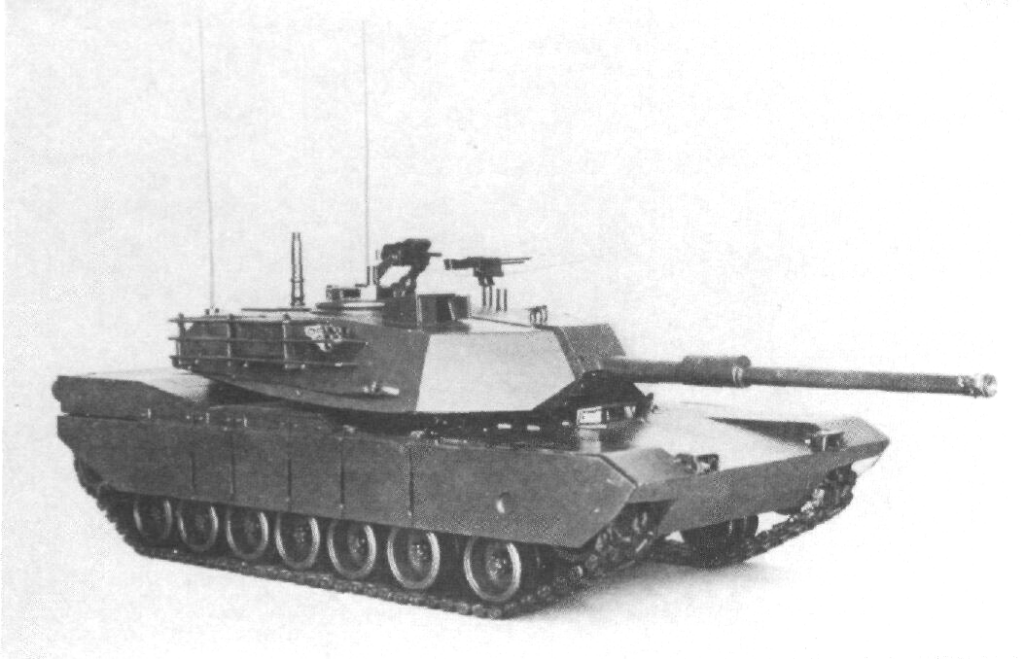
The USAARMS believed that it was harder to train with the Leopard 2AV, based on the fact that the crews that participated in the 1976 evaluation had required more time to get used to the German tank than originally expected. Adopting the Leopard 2AV – even in small numbers – also meant that metric tools would be needed.
Last not but least, several high ranking US Army officers simply did not like the Leopard 2AV; potentially due to their own involvement in the Abrams development. The US Government Accountability Office (GAO) concluded in its report on the US Army’s evaluation of the Leopard 2AV, that letting the same officers that had been involved in the development of the Abrams interpreting/rating the trial results was a mistake.
In the end, the rejection by the US Army’s Armor School lead to the US military never fielding a version of the Leopard 2 tank, while the West-German government decided to scrap the purchase of US-made AWACS planes.
